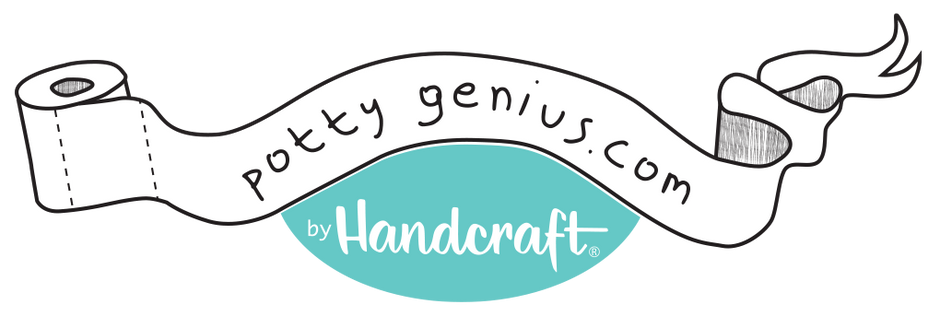Potty Genius Blog
Potty Training a Child with Autism using ABA
Children with Autism have unique challenges that can make potty training all the more daunting for parents and caregivers. For this reason, traditional approaches to toilet training may not always be effective. This is where applied behavioral analysis (ABA) comes in.
by Anna Kaplan, MD
Dr. Anna Kaplan is a writer and a licensed physician. She completed a 3-year residency and board certification in Family Practice and was in active practice for 15 years. A parent herself, Anna still remembers the "I know how to use the potty" song that her children sang.

Potty training a child with autism can be daunting for parents and caregivers because of the unique challenges the child faces, and it can be difficult to find potty training resources that cover this specific topic. For this reason, traditional approaches to toilet training may not always be effective. This is where applied behavioral analysis (ABA) comes into your potty training program.
What is ABA Training?
Applied behavior analysis is an evidence based intervention that brings about significant, positive behavioral change primarily through positive reinforcement. ABA is currently viewed as one of the most safe and effective therapies for children with autism spectrum disorder. It can be used in a structured, classroom environment or in a natural setting, such as in the home or somewhere out in the community. Many parents and therapists have used ABA effectively to potty train children with autism. This is usually done using discrete trial training, an ABA technique that breaks a single skill down into simplified and structured steps with each step of the process being rewarded individually.Implementing the Steps
For potty training the steps may be something like this:- Go to the bathroom.
- Close the door.
- Undress from the waist down.
- Sit on the toilet.
- Eliminate.
- Wipe.
- Flush.
- Get dressed.
- Turn on faucet.
- Put soap in hands.
- Wash soap off hands.
- Dry hands.
Potty Training Program
The first step in implementing a discrete trial training potty training program for a child with autism is to collect some data. Start by checking your child’s diaper every 45 minutes to an hour just to see if he has eliminated. Record this data until you get an idea of how often your child is going. Once you’ve determined the child’s average potty interval, take that number and multiply it by .75 for your timer interval. For example, if your child eliminates every 40 minutes, you would set a timer every 30 minutes. When the timer goes off, you should have some kind of communication to indicate that it’s time to go the bathroom. This could be saying “potty time,” or if the child is nonverbal, try using a sign for toilet. Whatever signal you decide to use, make sure it is consistent and that all caregivers use it routinely. Next, take your child to the bathroom, follow the appropriate steps, and allow them to sit on the toilet for 3-5 minutes even if they don’t eliminate. It is important to do this in a step by step process and come up with simple rewards that you can give for each completed step. Many parents choose to use a potty training chart and will allow the child to collect points to work towards a bigger reward. Typically, children are given more points for bowel movements than urination as they are more difficult. That said, choose a reward system that works best for your child. Just saying a simple “Good job” is also a great reinforcer that most parents or therapists will use after the child completes each individual step. Potty training your autistic child with this method can be quite time consuming. You may end up spending a good portion of your day in the bathroom. But, the good news is, after several days of this, your child will probably start to pick up on it and you can space the potty timer intervals out longer.Additional Tips for Potty Training a Child with Autism
Here are some more expert tips to improve your potty training program:- Focus on one step at a time. For example, teach eliminating before wiping, and wiping before flushing. Do your part and help out with the steps your child hasn’t learned yet.
- If your child is a visual learner, consider using cue cards for each step.
- Put your child in underwear. If he’s wearing underwear, he’s more likely to feel wetness and be uncomfortable, which will motivate him to do something about it. Some parents choose to put a diaper over the underwear to make accidents less messy.
- If your child isn’t going to the bathroom often enough, give him lots of water to encourage elimination.
- When potty training a child with Autism, it is important to keep everything as consistent as possible. Use the same timer and alarm sound. Keep the reinforcers consistent. Don’t make sudden changes in the routine.
- Make it fun!
